Radiant floor heat vs forced air in shop
walleyemn
last year
Featured Answer
Sort by:Oldest
Comments (16)
Mark Bischak, Architect
last yearwalleyemn
last yearRelated Discussions
radiant AND forced air heat?
Comments (3)There are too many variables to know from over here. Is your cable a 220V or a 110V cable, is it placed 2" apart or 3" apart, and even better, do you know the Watts it uses and can you then say how many Watts spread over how many square feet, and how much of that is next to an exterior wall, large window, or door? Then, where in the house structure is this bathroom: surrounded by other heated rooms or completely the opposite, is your building envelope in great shape airtight or is it hole-y leaky or pretty much nonexistent, is your exterior insulation in great shape or do you not have the first clue what you have? Just as examples. In a good house electric heat can do a great job, but in a bad house it only goes halfway to doing what you really need done, to heat the space....See MoreRadiant Heating in addition to forced air? Lots of questions
Comments (18)This is not technical, but opinions after living with radiant floors for several years: One thing to remember is that we must adapt to a difference in how we think about heating. With F/A, wood, radiators, etc. we have a tendency to look at the outside thermometer registering cold, and then turn up the inside thermostat. Or maybe we walk by a window and feel cold seeping in -- and turn up the thermostat to compensate. That's often habit, but the habit is based on the fact that most houses are/were poorly insulated and often let cold or drafts into the living area -- so if it's cold outside our subconscious says oooh, it's gonna get cold in here, turn up the heat. You almost have to live with radiant flooring to really realize that one just doesn't need to play with the thermostat. If your house is well-insulated (and to an amazing extent even if it's not well-insulated) you set the thermostat for the temperature at which you are comfortable, regardless of what's going outside and you leave it there. And another thing which is rarely addressed is the fact that many (most?) people set the radiant flooring to 75 and are on the warm side of comfortable regardless of whether or not it's frigid outside. No matter what your source of heat, it takes less energy [and less $] for 75 than for 80°. Yes, if the cat stands in an open door peering out at a snowstorm there will be frigid draft coming in... no matter whether you have F/A or radiant. The difference is that F/A will have to warm up that cold air with more not-very-warm air and meanwhile you have both cold and F/A warm air blowing around you. Brrrr. With radiant, you have --and keep-- warm feet which physiologically makes you feel warm because the temperature of the floor has not changed. Yes, the open door's cold air is mixing with the warm air but it isn't blowing onto you to make you feel cold. Talking about vacations -- or a length of time away from home -- should take into consideration that radiant flooring does not make any ultra-high demands on its system. Radiant is meant to *maintain* an even temperature, not jerk it up with a blast of heat like other heating methods. So it makes sense to turn off a furnace while you aren't home because a furnace requires a blast of heat to warm the volume of air; long blasts for lots of warmth and short blasts when there isn't much difference between ambiant and desired air temps. Unless you are going to be gone for lots longer than it takes to cool-off followed by heating-up the radiant flooring, it does not make sense to change its temperature. Modern houses with radiant flooring are almost always considerably better insulated than their F/A counterparts, and it takes days not hours to cool off. And last, there are often comments about the length of time it takes to "warm up the house" with radiant heat. Especially if one lives in an area with a great variety of temperatures. Ah, excuse me, but if I'm comfortable at 75° what difference does it make what the temperature is outside??? If the house is highly insulated and draft-free it makes very little difference whether it's 10° or 50° outside. In my area outside temperatures with daily 40-degree variations are common for weeks at a time, regardless of season. Okay, not so common in the summer, but we don't need heated houses in August. On the rare occasion that it gets umcomfortably warm inside, I open the window. Low-tech but effective. Oh yeah, in July and August I turn on the A/C, not so low-tech, but effective. The point is, 75 is 75 is 75 and if your feet are happy at 75 it doesn't matter what temperature the outside air is. A 'warm house' is a side-effect of radiant because its main purpose is keep you comfortable, that is, maintaining your comfort with an even temperature....See MoreSteam vs. Hot Water vs. Force Air
Comments (8)Stick with the steam that is the most confort as far as its not dry heat like a forced hot air. Why anyone would go to forced out air is just taking the cheap way out. A hot coil in an air handler will work better. Also have e you thought of radiant floor system at all or off the return of your boiler you can have a circulaing pump and add baseboard to the new room. if 75 gallon water heater isn't cutting it you may want to try a tankless water heater. Don't go with forced hot air you wont be happy. Here would be my options that you can run by a good plumber. 1 tankless water heater to do radiant floor or coil on a air handler, with a heat exchanger you can also do domestic water and never worry about hot water. the neg side about this is tankles has to be on a maintnace program for scalling and general PM. 2 put a B&G pump on the return of your steamn boiler and use that hot water to do a basboard or new radiaters in your new addition. for your a/c I would go witgh a ductless systeem if its only one big room. here are the three manufactures I would go with 1. tankless I would go with takagi ( make sure its sized correctly) 2. air handler I would go with first company. 3. fujutsi if you where using a ductless. If it was my house I would use high baseboard and heat it only to 140 degrees stick that on a tankless water heater and get my domestic hot water thrue that also. or radiant floor instead of baseboard. Use the fujitsu unit for the a/c of the house....See MoreHydronic Radiant vs Forced Air
Comments (14)Sounds like you live in one of those rare climates where radiant floor heating makes sense financially. It is one of the most efficient ways to heat but as live wire points out, if you are including any type of AC or heat pump for cooling, then the upgrade to radiant is probably more of a luxury add-on whose cost effectiveness is very much in question. Sounds like forced-air is still cheaper overall than radiant in your area. Radiant floor heating is less comfortable than forced-air for homes that meet international code levels of thermal performance. If you can feel the heat of a radiant floor by touch, it suggests the building envelope was not proven airtight with a blower door test and probably does not have adequate levels of insulation and fenestration performance. Thermostat response delay or lag time is the reason forced-air is arguably more comfortable than radiant. Outdoor temperature, mood, state-of-rest and other occupant dynamics benefit from quick thermostat response. Radiant floors respond slowly to changes in thermostat. Don't base your experiences of forced-air heating on older, inefficient homes. A home built to international code minimum performance has very low CFM (airflow) requirements. A professionally designed and installed forced-air system results in operation that is barely noticeable. Hire a third party certifier, like energystar to verify your home is designed to meet international code minimums and upgrade to have a Manual J calculation by this third party certifier. The nice thing about energystar is that an outside party will be verifying your home is built to minimum standards and that the HVAC system is installed appropriately. It's also important to choose a builder who is comfortable with this process of checks and balance. It sounds like healthy Indoor Air Quality IAQ is important to your goals as it should be. I would argue that forced-air can be better for dust control because it offers the opportunity to use filters to capture dust in your indoor-air, dust that is present whether you have radiant or not. Most people's problems result from poor construction protection and not having filters at return grills. Filters can reduce dust but should not be the primary strategy for IAQ. Outdoor-air ventilation is the best way of ensuring healthy indoor-air and most systems rely on some amount of ductwork. Using a third party certifier is a great way to ensure these systems are installed and commissioned in an appropriate manner, as most programs are following ASHRAE 62.2 minimum ventilation rates. Eliminating attached garages, vented crawlspaces and indoor combustion appliances are more important for indoor-air quality than any concerns of radiant vs forced-air....See Morejust_janni
last yearkevin9408
last yearlast modified: last yearUser
last yearwalleyemn
last yearfsq4cw
last yearElmer J Fudd
last yearfsq4cw
last yearlast modified: last yearElmer J Fudd
last yearjust_janni
last yearV On The Lake
last yearfsq4cw
last yeardan1888
last yearElmer J Fudd
last year
Related Stories
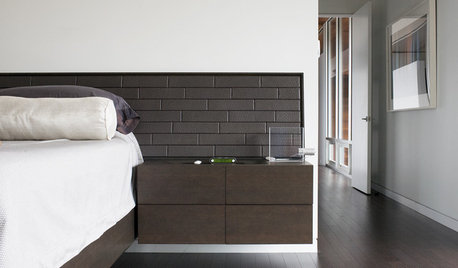
FLOORSFloors Warm Up to Radiant Heat
Toasty toes and money saved are just two benefits of radiant heat under your concrete, wood or tile floors
Full Story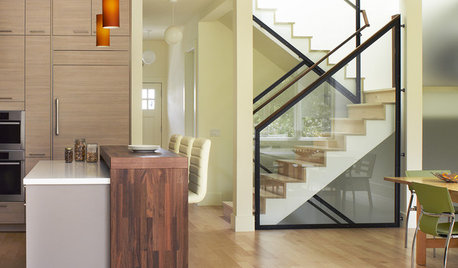
FLOORSIs Radiant Heating or Cooling Right for You?
Questions to ask before you go for one of these temperature systems in your floors or walls (yes, walls)
Full Story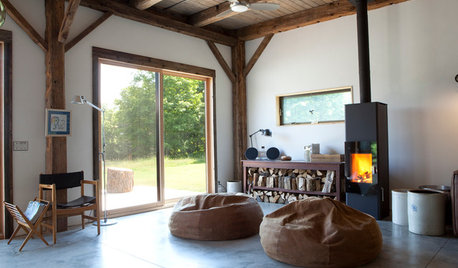
GREAT HOME PROJECTSHow to Add a Radiant Heat System
Enjoy comfy, consistent temperatures and maybe even energy savings with hydronic heating and cooling
Full Story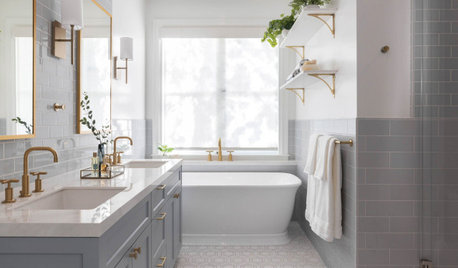
FLOORSWhat to Ask When Considering Heated Floors
These questions can help you decide if radiant floor heating is right for you — and what your options are
Full Story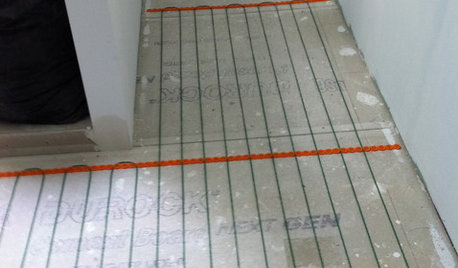
BATHROOM DESIGNWarm Up Your Bathroom With Heated Floors
If your bathroom floor is leaving you cold, try warming up to an electric heating system
Full Story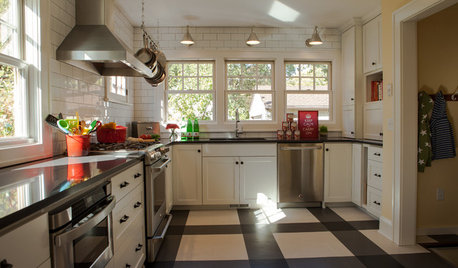
KITCHEN DESIGNKitchen of the Week: Drab and Dysfunctional to Radiant in Minnesota
Clunky storage and lackluster floors get nixed in favor of open shelves, plaid vinyl and an effective kitchen work triangle
Full Story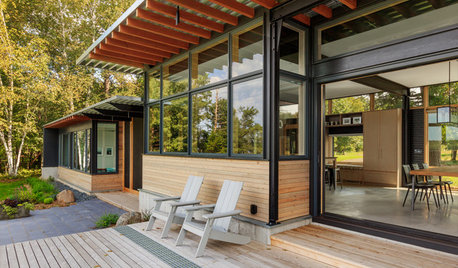
LIFE6 Ways to Cool Off Without Air Conditioning
These methods can reduce temperatures in the home and save on energy bills
Full Story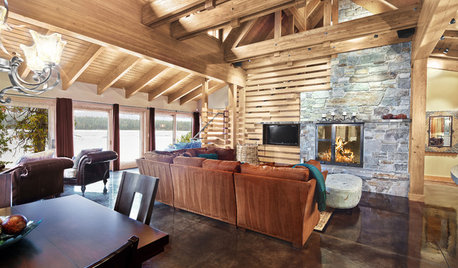
REMODELING GUIDESObjects of Desire: Beautifully Individual Concrete Floors
Concrete comes in more colors and finishes than ever before. See if these 6 floors open your eyes to the possibilities
Full Story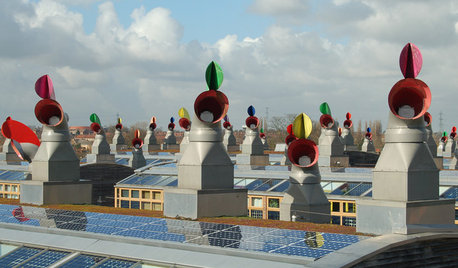
GREEN BUILDINGLife Without Air Conditioning? These Passively Cooled Homes Say Yes
Ever wish you could chuck that money-sucking air conditioner? Check out these homes that keep the air cool and flowing passively
Full Story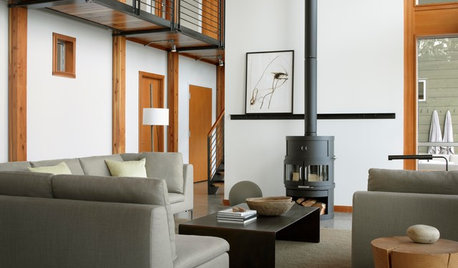
REMODELING GUIDESClean-Burning Woodstoves Ignite a Greener Heating Trend
No need to rely on oil or gas to heat your home — new woodstove designs burn cleanly and are beautiful to boot
Full Story

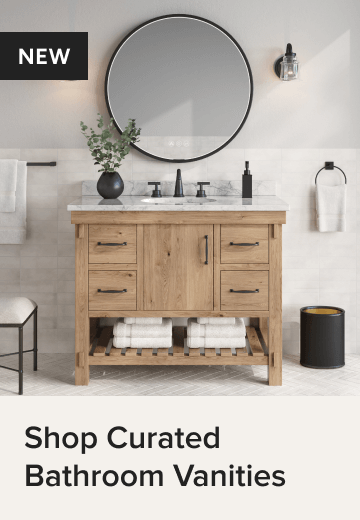


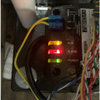
Charles Ross Homes